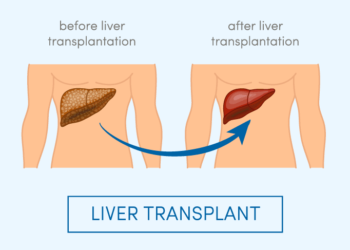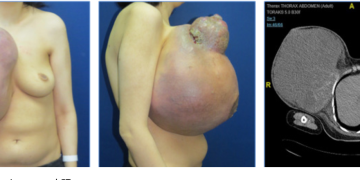Nerve Cell Physiology study notes for Exam Point of View.
| Describe the basic components of a nerve cell |
|
| Describe the nature of ionic permeability of the cell membrane | The lipid bilayer is impermeable to ions. Ion channels allow ions to cross the membrane. Ion pumps use energy to maintain the concentration gradients across the membrane. |
| Explain how the resting membrane potential is generated | Two forces work on ions: passive diffusion (moving down a concentration gradient) and electrostatic (repelling like forces). The electrostatic force generated by the separation of charged ions across the membrane prevents the complete diffusion of ions down their concentration gradients via ion channels. The net flow of ions across a cell membrane will be zero when the electrostatic and diffusion forces reach an equilibrium. The resting potential of a cell membrane is determined by the concentrations of ions present and their relative permeabilities across the membrane. |
| Explain how the action potential is generated | Applied current or excitatory input — voltage-gated Na+ channels open and Na+ rushes into cell — cell membrane is depolarized — Na+ channels begin to close as slower voltage-gated K+ channels open — cell membrane repolarizes and “undershoots” to cause an afterhyperpolarization — K+ channels close and membrane returns to resting potential |
| Explain the cause of the “refractory period” following action potential generation and discuss its functional significance | The Na+ channels have an inactive state following activation and cannot generate another action potential. Also, the opening of K+ channels hyperpolarizes the cell so that the membrane is unable to generate action potentials of equal strength. The refractory period limits how soon one action potential can be followed by another. |
| Explain how membrane potentials spread passively | In the absence of an action potential and voltage-gated Na+ channels, an injected current will travel passively down the axon. The magnitude of the current pulse decays exponentially, like a “leaky hose.” |
| Explain how action potentials propagate actively | Depolarization opens more Na+ channels farther down the axon, which causes further depolarization in a positive feedback cycle. |
| Explain why myelination allows for faster propagation of action potentials and how demyelination affects action potential conduction | Myelination increases the membrane resistance, which prevents leakage of ions, makes the length constant of the axon longer, and current can spread farther before decay. Myelination decreases the membrane channels’ capacitance (the resistance to ion flow) , which decreases the time constant, and the membrane can depolarize faster.
Demyelination increases the membrane capacitance, requiring more local current to depolarize for an action potential. The membrane resistance is lower, meaning a shorter length constant and limited spread of the local current. Action potentials are slowed or blocked in diseases of demyelination. |








Discussion about this post